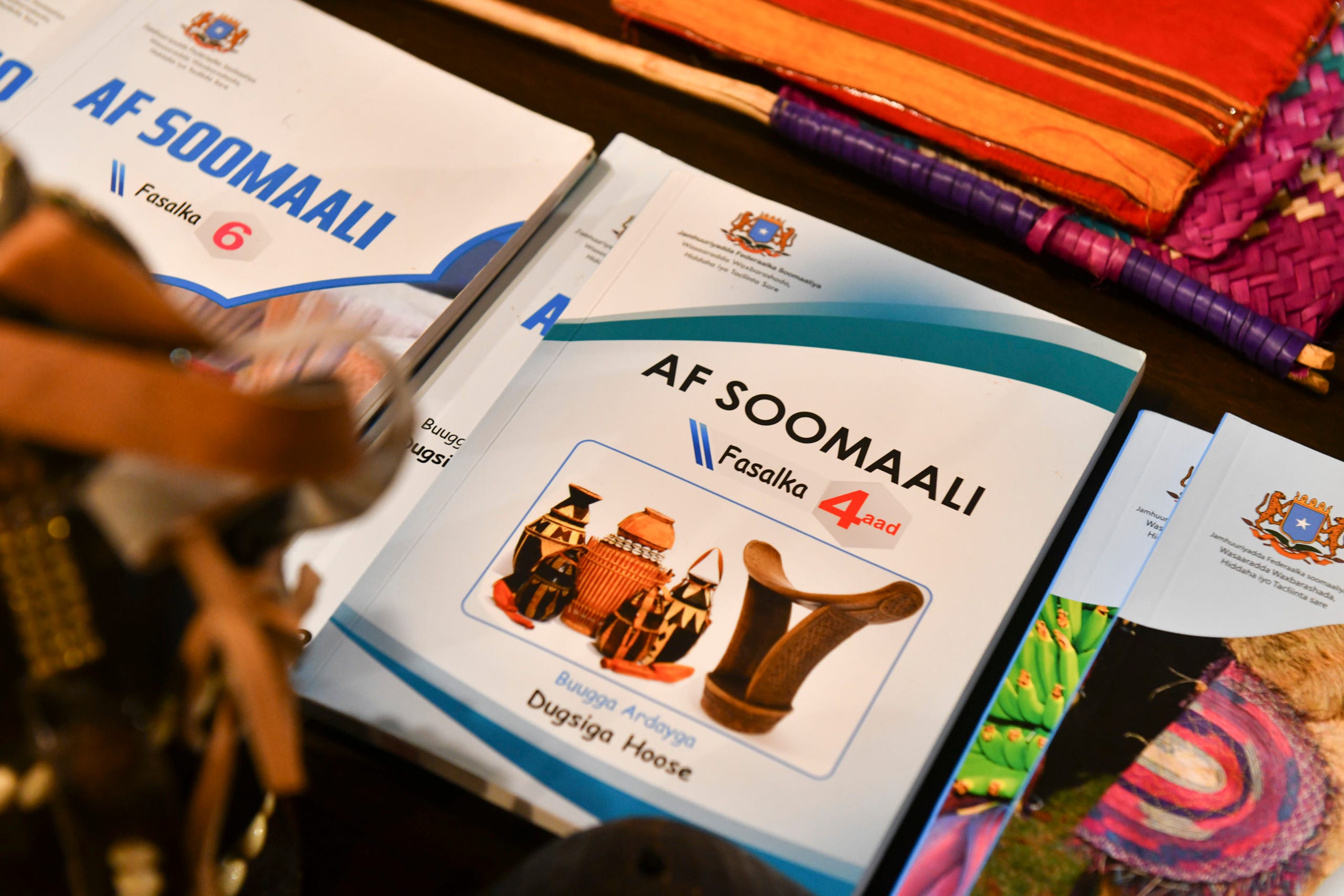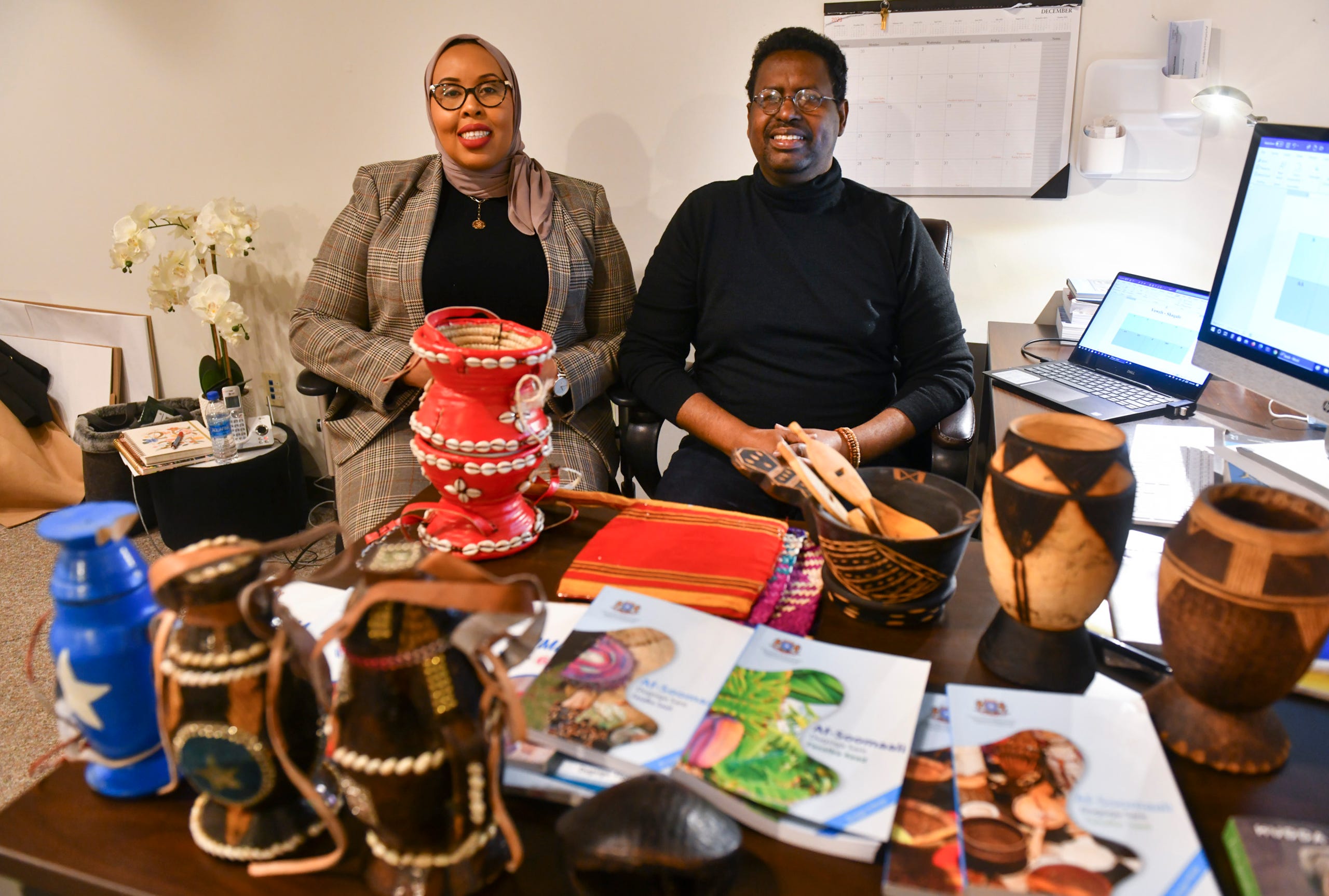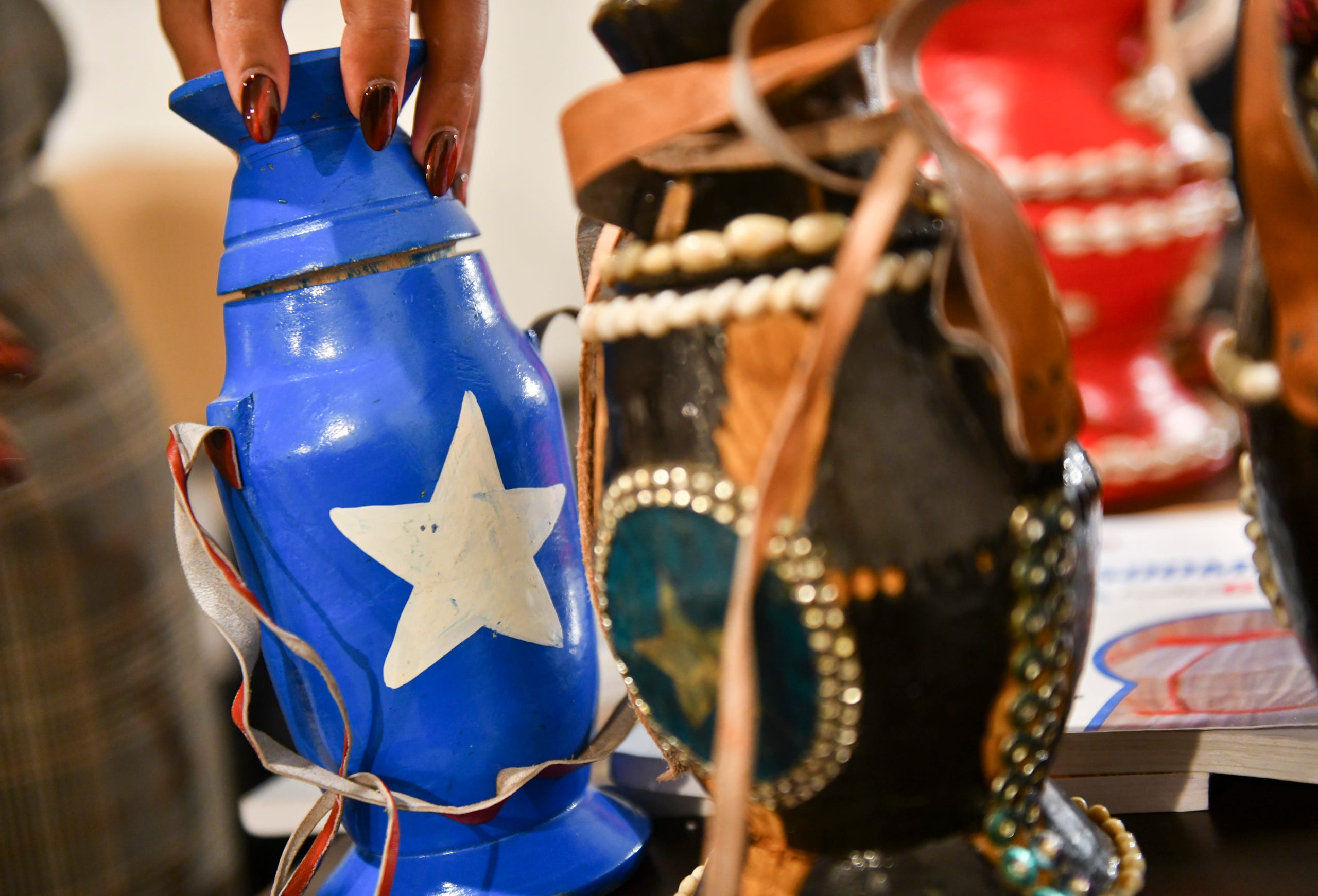BY JENNY BERG

ST. CLOUD — One in five St. Cloud school district students speaks Somali as their primary language.
But those students — about 1,970 children — most likely have never had classes dedicated to improving their native language. Experts say education about their native language helps students learn English, improve reading and writing skills, and improve communication and social skills.
That gap is soon slated to close.
In December, the St. Cloud school board approved a new year-long course — Somali for native speakers — for students in grades 9-12 at Apollo High School, Tech High School and McKinley Area Learning Center.
“I know the importance of speaking two different languages and what that can do for students,” said Hudda Ibrahim, founder and president of St. Cloud-based Filsan Talent Partners, which is designing the curriculum for native or heritage speakers. “But a lot of kids might speak their first language but may not be able to read and write.”
Ibrahim, who moved to St. Cloud in 2006, said she was lucky her mother taught her to read and write as a child.
“She was a teacher prior to the (Somali) civil war,” Ibrahim said. “So imagine kids who either grew up in refugee camps or never had the opportunity to go to school and really learn their first language — when they come here, it’s difficult for them to learn English if they are not fluent in their first language.”
The number of multilingual students in St. Cloud school district has increased dramatically during the last decade. About one-fourth of the students are multilingual; of those, about 82% speak Somali as their primary language, 9% speak Spanish and 2% speak Anuak, an East African language, in addition to English, according to Kelly Frankenfield, director of multilingual learning at St. Cloud school district.

Frankenfield wrote the proposal for the course, which will require two full-time staff members and about $2,000 for the curriculum and materials.
About 500 district students are considered SLIFE students, meaning they have limited or interrupted formal education, often a result of living in refugee camps. These students are most at risk for academic failure and decreased high school graduation rates, according to Frankenfield.
Students in grades 10-12 who demonstrate proficiency in Somali will also be awarded a Minnesota bilingual or multilingual seal, a program established in 2014 that recognizes students for their language skills and can earn them credits at Minnesota State schools.
The district already offers bilingual seals and world language proficiency certificates to students in other languages, including American Sign Language, Spanish and Mandarin.
First in the state for Somali speakers
The Somali language curriculum is thought to be a first in the state, if not the nation, according to Ibrahim and Abdi Mahad, vice president at Filsan.
“All students want to see themselves reflected in the literature. All students want to see their culture and heritage reflected in the literature,” Mahad said. “It will help kids learn and become the next generation of leaders we really need.”

DAVE SCHWARZ, DSCHWARZ@STCLOUDTIMES.COM
Filsan Talent Partners is a consulting firm offering diversity and inclusion training for local and regional companies. In the past few years, Filsan Talent Partners has provided cultural competence and implicit bias trainings to district staff, as well as for local company executives and human resources departments.
To create the new curriculum, Ibrahim and Mahad, who both hold graduate degrees, have reached out to Somalia’s department of education and are working with local teachers. Although the standards in Somalia don’t directly align with Minnesota proficiency standards, the curriculum will focus on proficiency in listening, speaking, reading and writing.

DAVE SCHWARZ, DSCHWARZ@STCLOUDTI
“We have a lot of work to do,” Ibrahim said. “But we’re really delighted to do this work — creating this curriculum — because we know a majority of parents from the community work with these children in so many different ways. We’re really excited to hear from parents who are saying, ‘Now I’ll be able to read with my children. Now I’ll be able to help my kids speak Somali.’ And that builds a sense of belonging.”
That sense of belonging should also spark confidence. “They will feel — the hope is — that the school now cares about their language, their culture,” Mahad said.
Once the Somali language course for native speakers is developed and implemented, the program could expand to include language courses for nonnative speakers, too, Ibrahim said.
But for now, the program is meant to provide equitable access to high quality culturally responsive opportunities for Somali American students, Ibrahim said.
“Studies have proven being bilingual can help students excel, especially second-language students,” she said. “If they have a firm grasp of their native language, they will have a strong foundation for learning a second language.
“Knowing their first language will help them learn and grow as young leaders.”
Source: SC Times

Leave a Reply